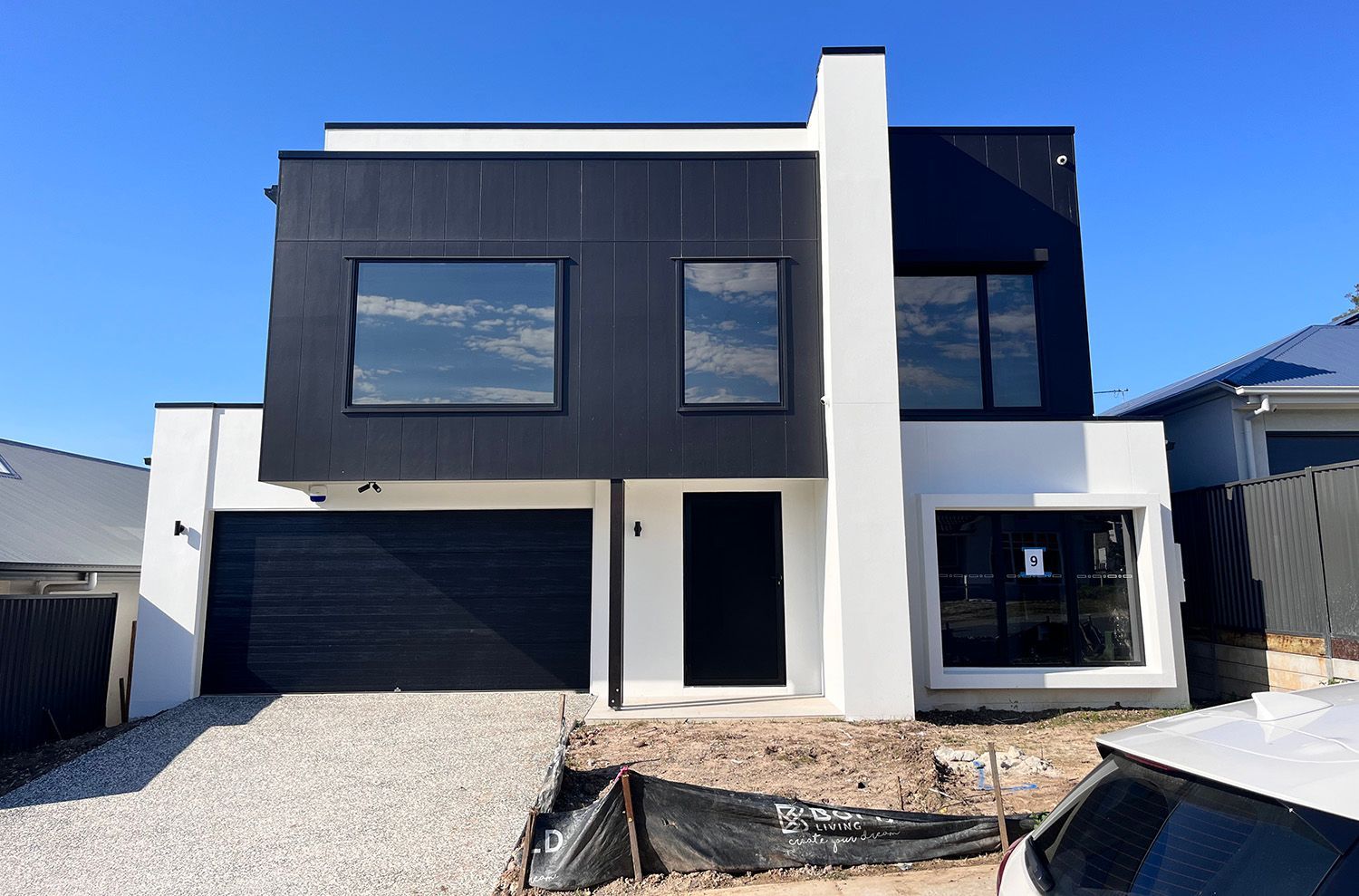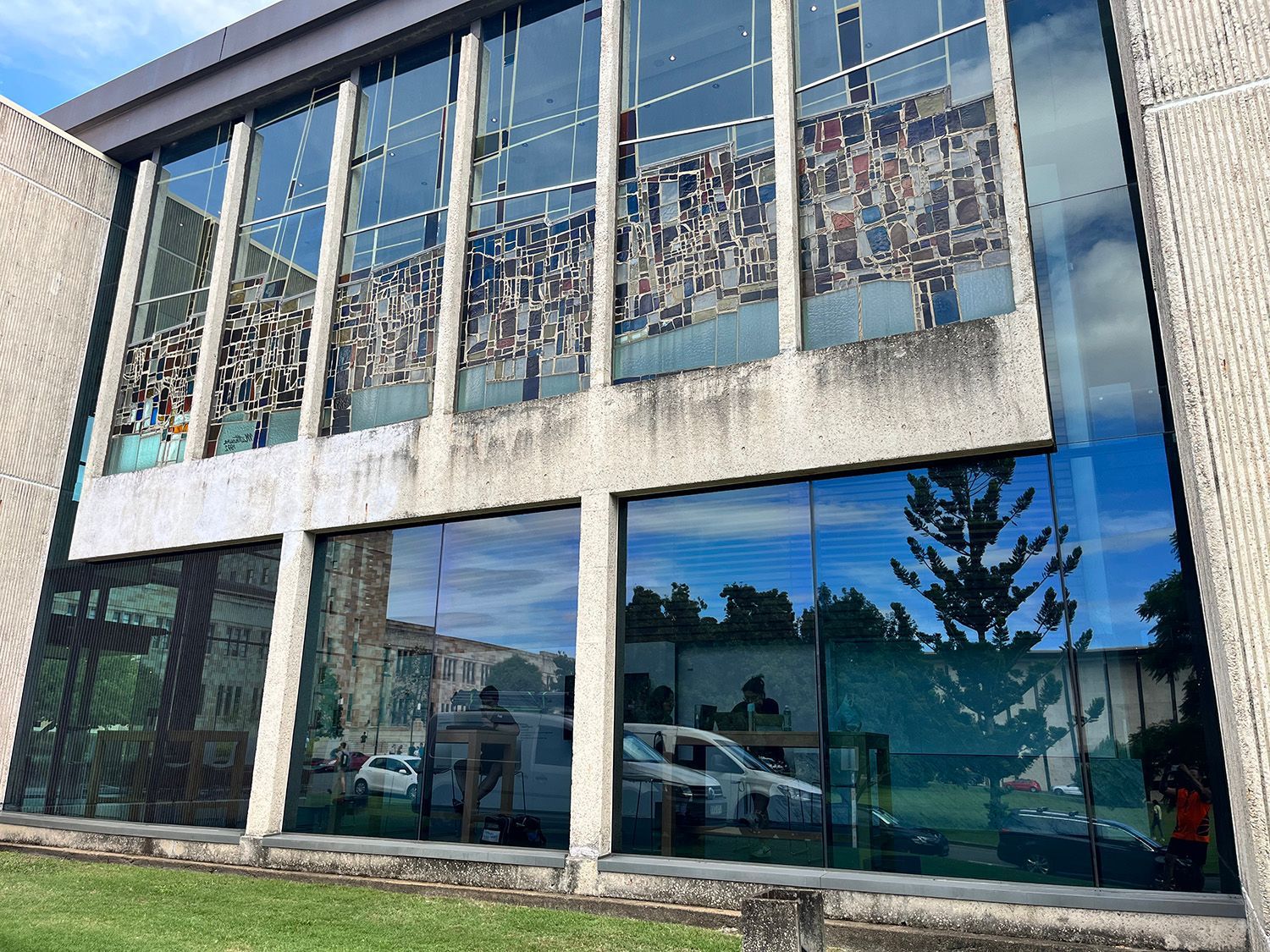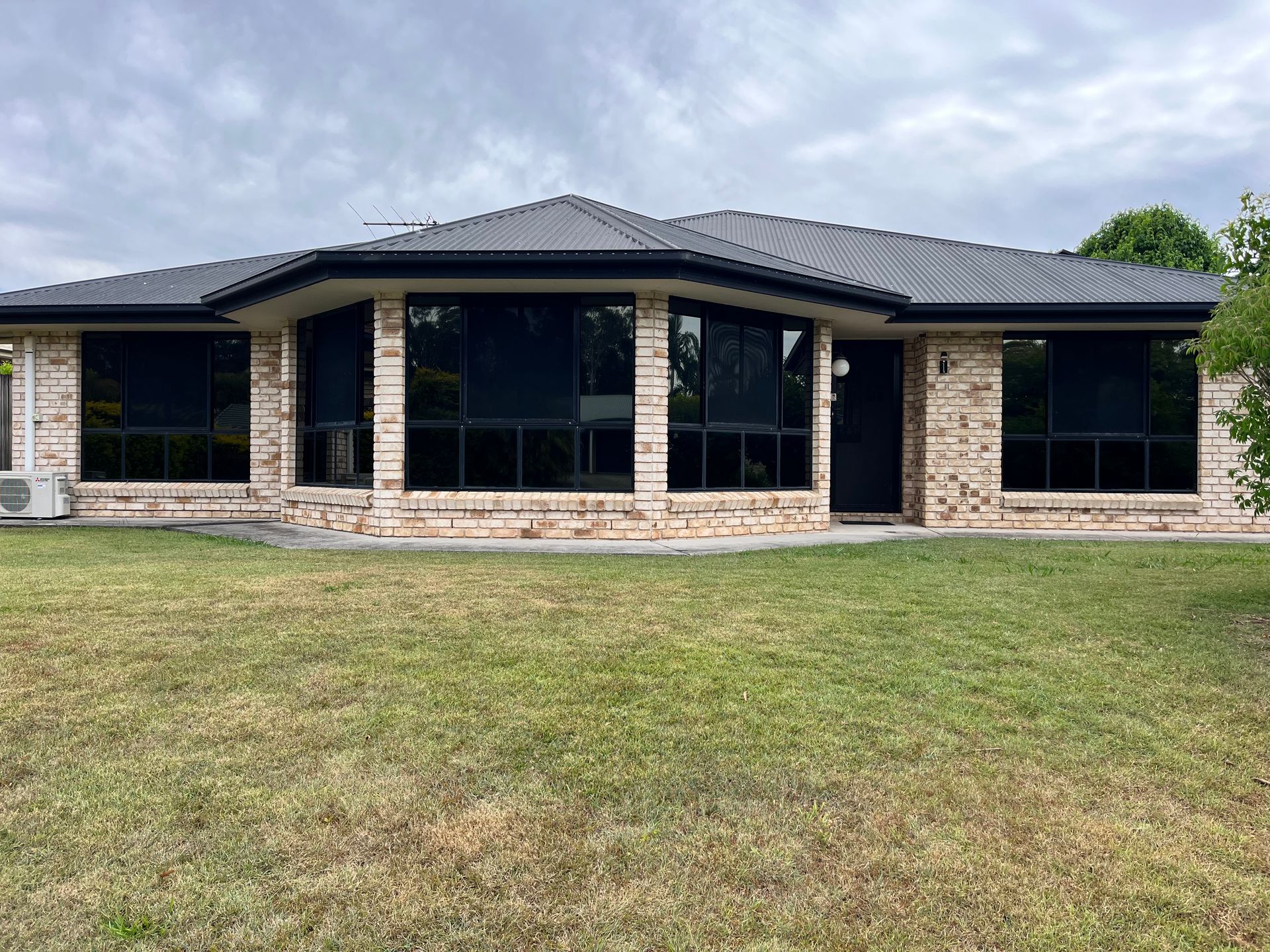The Science Behind Window Film: How Modern Materials Achieve UV, Heat & Security Protection
If you’ve ever stepped into a sun-soaked living room and felt the sting of glare on your skin, you’ll understand why home window tinting in Brisbane has grown from a niche service to a mainstream home improvement. Queensland’s sunshine is glorious, but it comes with relentless UV rays, climbing temperatures and fading interiors. Window film technology has come a long way from the dark, bubble-prone layers of the past. Today’s films are feats of modern engineering – multi-layered materials built for comfort, privacy and protection, all without blocking the light you love.
Let’s peel back the science behind how these thin, transparent sheets transform the way we live indoors.
Layers That Do More Than Look Good
At first glance, window film seems simple: a thin coating applied to glass. In reality, each film is a precisely engineered composite made up of multiple layers, each serving a distinct function.
The base layer forms the foundation, often a high-clarity polyester designed for durability and optical quality. Above that sits the adhesive system – a bonding agent that creates a permanent seal between the glass and film. These adhesives are pressure-sensitive and engineered to withstand heat fluctuations without peeling or clouding. A scratch-resistant coating is added to the top to prevent marks from cleaning or contact.
Between these functional layers, manufacturers integrate performance materials such as ceramic nanoparticles, metallic coatings or UV-absorbing compounds. Together, they manage solar energy in ways that improve temperature control, reduce glare and strengthen the glass itself.
Ceramic Coatings & Infrared Control
Ceramic window films are one of the most impressive innovations in the field. They contain non-metallic, non-conductive ceramics – microscopic particles invisible to the eye – that block infrared (IR) radiation, which is the primary cause of indoor heat build-up.
Unlike older reflective tints that rely on metallised layers, ceramic films reflect up to 80–90% of IR rays without creating that mirror-like look. This means your view stays natural and bright while your interior remains cooler. The benefit is twofold: less strain on air conditioning systems, and more consistent indoor comfort.
Another advantage is their resistance to corrosion. Because ceramics don’t oxidise like metals, they maintain clarity and colour stability for years. For homeowners across Brisbane’s humid coastal climate, this longevity is a major plus.
Blocking UV Without Sacrificing Light
We often associate UV rays with sunburns, but they’re equally destructive to interiors. Ultraviolet radiation causes paint to fade, timber floors to discolour and fabrics to weaken. Modern films use UV-absorbing molecules embedded directly into their structure, filtering out up to 99% of harmful UV light.
Unlike blinds or curtains that block both light and UV, these films preserve a room's natural brightness while quietly protecting what’s inside. For homes filled with timber furniture, artworks or family photos, UV protection is more than a comfort – it’s a safeguard for the things that make a house feel like home.
The Adhesion Chemistry That Keeps It All Together
What keeps window film securely attached through Brisbane’s heat, humidity and summer storms? The answer lies in the chemistry of the adhesive.
Advanced adhesives use cross-linking polymers that bond to glass at the molecular level. This permanent attachment prevents bubbles, edge lift and delamination. Once cured, the film becomes a seamless extension of the glass itself: smooth, clear, and built to last. Some adhesives are designed with micro-channels to allow air to escape during installation, reducing the need for excessive trimming or re-application.
This combination of optical clarity and durable adhesion is what separates premium films from cheaper alternatives. A quality installation means the film will continue to perform season after season without yellowing, warping or peeling at the corners.
Security & Safety: Layers That Resist Impact
While heat reduction and UV protection are big drawcards, security film offers another level of assurance. These films are significantly thicker and include multiple bonded layers that add tensile strength to ordinary glass.
When the glass is struck – whether by debris, an attempted break-in or even a stray cricket ball – the film holds the shards together instead of letting them scatter. This creates a barrier that slows down forced entry and reduces the risk of injury from shattered glass. The technology draws on the same science used in automotive laminates and architectural safety glass.
Security film doesn’t make windows invincible, but it does make breakage far more difficult and noisy, acting as a deterrent for opportunistic thieves. In busy neighbourhoods, that extra layer of resistance can make all the difference.
Frosted Films & Privacy That Feels Natural
Privacy isn’t just about locking out the world, but also about shaping how light behaves in a space. Frosted films scatter light instead of blocking it, creating soft diffusion that brightens a room while concealing interiors from outside view.
The frosting effect is achieved through micro-etched patterns or embedded translucent pigments within the film’s layers. It’s ideal for bathrooms, street-facing windows or glass partitions where natural light is welcome, but visibility isn’t.
Because the finish is uniform and maintenance-free, frosted film offers a more polished look than traditional curtains or blinds. For modern Brisbane homes designed with open layouts and glass features, it strikes the perfect balance between privacy and style.
Custom Graphics & Branding Potential
Window film isn’t just functional; it can be creative too. Digital printing technology allows high-resolution designs, patterns and logos to be printed directly onto film layers. Businesses use it for office branding or shopfront displays, but homeowners are finding ways to use it decoratively as well – think frosted patterns on shower screens or coloured tints for feature windows.
Printed films use UV-cured inks that bond securely to the film surface, ensuring colour stability even under harsh sunlight. They can be completely opaque for signage or semi-transparent to let in light while adding texture. This versatility gives property owners freedom to express individuality without sacrificing the film’s thermal and UV performance.
Why It’s More Than Just a Comfort Upgrade
Investing in advanced window film isn’t simply about comfort; it’s about long-term efficiency. By reducing solar heat gain, these films ease the load on cooling systems, leading to tangible energy savings over time. For many Brisbane homeowners, it’s an affordable way to make an immediate improvement that pays off in lower electricity bills and a more balanced indoor climate.
It’s also an environmentally conscious choice. Less air conditioning means less strain on the grid and fewer greenhouse emissions. Add the extended lifespan of furnishings protected from UV damage, and the environmental benefit grows even further.
When you consider the added safety, privacy and aesthetic value, the return on investment becomes hard to overlook.
Modern window film combines physics, chemistry and design to create real-world benefits that Brisbane homeowners can feel every day. From ceramic coatings that block infrared heat to adhesives that never quit, each layer plays its part in transforming plain glass into a high-performance feature.
At Solarmaster, we’ve built our reputation on helping locals make their homes more comfortable, secure and energy efficient. Serving Brisbane and surrounding areas, we supply and install solar films, frosted privacy films, security films and custom-printed window graphics designed for the Queensland lifestyle.
If you’re ready to experience the difference that home window tinting in Brisbane can make, reach out to Solarmaster today – your home deserves protection that works as hard as you do.










